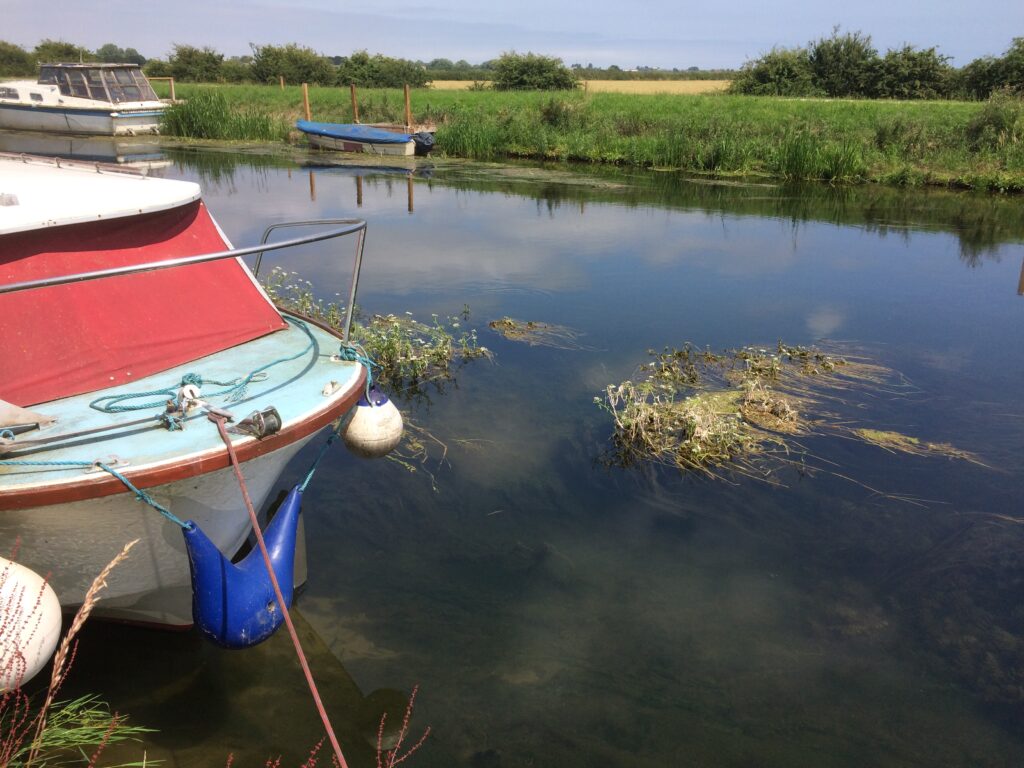2021 County Report for South-east Yorkshire
Rohan Lewis
Records derived from the SE Yorkshire Botany Group’s six field meetings in 2021 (an improvement on three in 2020) were much augmented by the efforts of individuals, and of the Hull Natural History Society, as well as visiting botanists entering finds on iRecord. The chalk grassland and arable flora, now eradicated from most of the landscape by agricultural intensification, still clings on in steep-sided coombs, abandoned railways and occasional road-verges. Exploration of some of these yielded a single site new this century for each of the following: Legousia hybrida (Venus’s Looking-glass), Picris hieracioides (Hawkweed Ox-tongue), Rosa rubiginosa (Sweet-briar), Serratula tinctoria (Saw-wort), and Silaum silaus (Pepper-saxifrage).
Two of the sites surveyed were woodland, and following up an old record, not in the BSBI database, led to the discovery of a second population of Paris quadrifolia (Herb-Paris), previously believed to persist at only one site in the vice-county.
A meeting concentrating on aquatic plants of the River Hull produced no new records, but we were able to see Oenanthe fluviatilis (Floating Water-dropwort), blooming at probably its most northerly location in Britain (photo).
